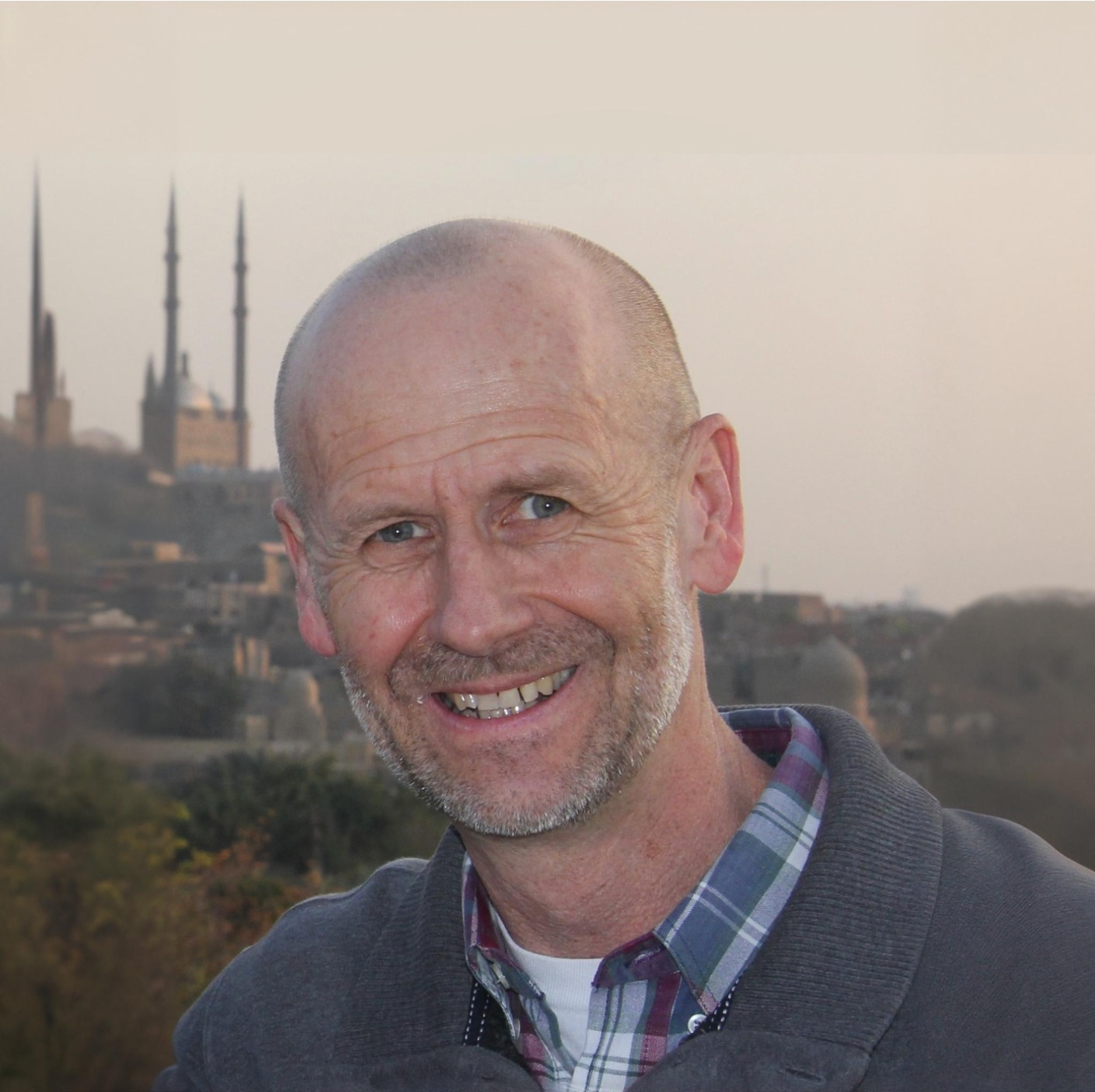
Michael Reimer
- Position: Professor of History
- Department: Sultan Al-Qasimi Department of History
- Email: mjreimer@aucegypt.edu
Brief Biography
Michael Reimer took his PhD in History from Georgetown University in 1989. He has taught history at The American University in Cairo (AUC) since 1990. His courses explore: state and society in the modern Middle East; the history of how America and Americans have interacted with governments and peoples of the Middle East; Zionism and modern Judaism, the state of Israel, and the Arab-Israeli conflict; Second Temple Judaism/early Christianity, including the modern quest of the historical Jesus.